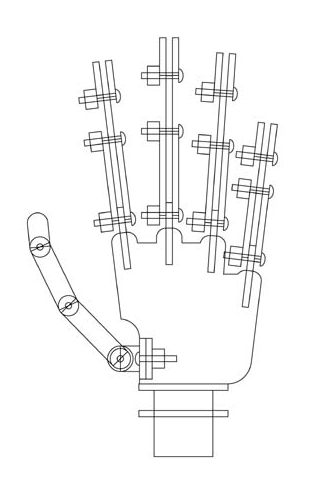The Huffington Post | Seven top futurists make some pretty surprising predictions about what the next decade will bring
May 12, 2015
The Huffington Post — May 12, 2015 | Jacqueline Howard
This is a summary. Read original article in full here.
 From smartphone apps that can do seemingly everything to driverless cars and eerily humanlike robots, the past decade has seen dramatic advances in science and technology.
From smartphone apps that can do seemingly everything to driverless cars and eerily humanlike robots, the past decade has seen dramatic advances in science and technology.
What amazing advances are we likely to see in the next 10 years? Seven top futurists gave us surprising predictions.
 1. Michio Kaku, PhD
1. Michio Kaku, PhD
2. Ray Kurzweil
3. Anne Lise Kjaer
4. James Canton, PhD
5. Jason Silva
6. Amy Zalman, PhD
7. Mark Stevenson

Ray Kurzweil predicts that replicant style cyborgs and AI of the future will be lifelike. — credit | Benjamin Heckendorn
2. Ray Kurzweil | inventor, pioneering computer scientist, and director of engineering at Google
“By 2025, 3D printers will print clothing at very low cost. There will be many free open source designs, but people will still spend money to download clothing files from the latest hot designer just as people spend money today for e-books, music and movies despite all of the free material available,” Ray Kurzweil explained.
“3D printers will print human organs using modified stem cells with the patient’s own DNA providing an inexhaustible supply of organs and no rejection issues.
“We will be also able to repair damaged organs with reprogrammed stem cells, for example a heart damaged from a heart attack. 3D printers will print inexpensive modules to snap together a house or an office building, lego style.
“We will spend considerable time in virtual and augmented realities allowing us to visit with each other even if hundreds of miles apart. We’ll even be able to touch each other. Some of the people we visit with in these new realities will be avatars.
“They will be compelling but not quite human level by 2025 — that will take to the 2030s. We will be able to reprogram human biology away from many diseases and aging processes.
“For example deactivating cancer stem cells that are the true source of cancer, or retard the progression of atherosclerosis, the cause of heart disease. We will be able to create avatars of people who have passed away from all of the information they have left behind — their e-mails and other documents, images, videos, interviews with people who remember them.
“These will be compelling but not fully realistic, not until the mid 2030s. So some people will find this replicant technology to be in the uncanny valley, meaning disconcerting,” Kurzweil said.
